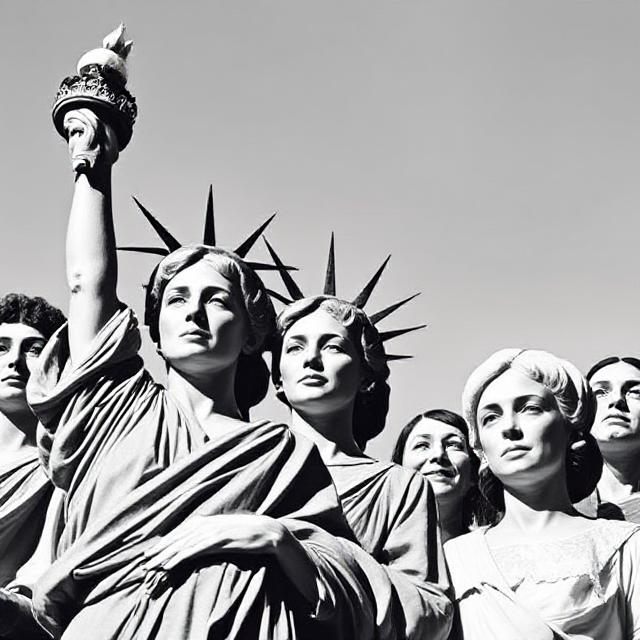The history of women in the United States is a rich and complex narrative that spans centuries, encompassing struggles for rights, roles in society, and contributions to various movements. From Indigenous cultures to modern times, women have played vital roles in shaping the nation. This overview will explore key periods and milestones in the history of women in the U.S. highlighting their fight for equality, social justice, and recognition.
Indigenous Women

Before European contact, Indigenous women held significant roles in their communities. They were often responsible for agriculture, family life, and the transmission of cultural knowledge. Many tribes practiced matrilineality, where lineage and inheritance were traced through the mother. Women participated in decision-making processes and held positions of power, such as clan leaders or chiefs.
Roles and Contributions
Indigenous women were integral to their societies, contributing to both economic and social life. They cultivated crops, gathered wild plants, and played crucial roles in trade. Their knowledge of herbal medicine and natural remedies was invaluable for community health. Additionally, women often held significant spiritual roles, serving as healers and leaders in religious ceremonies.
Colonial Era (1607-1776)
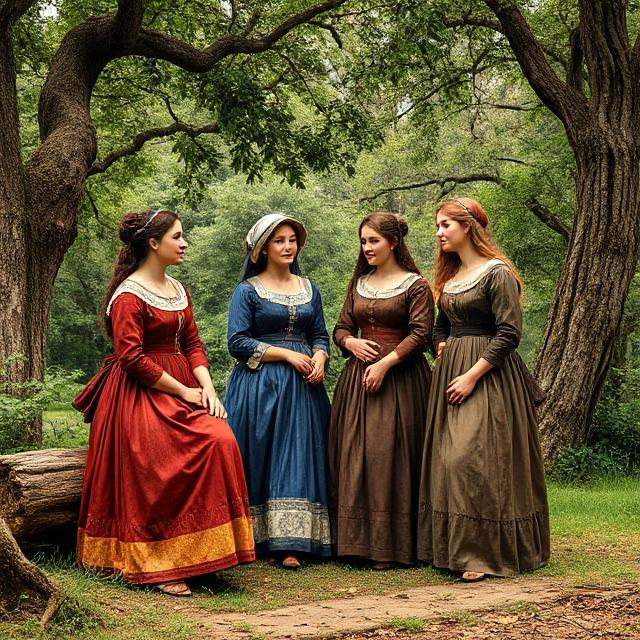
With the arrival of European settlers, women’s roles began to change. In the colonial era, women were primarily seen as wives and mothers, responsible for domestic duties. They contributed to the economy through farming, textiles, and trade. However, their legal status was limited; married women had few rights, as their identities were subsumed under their husbands.
Notable Figures
Anne Hutchinson: A Puritan woman who challenged religious norms and was eventually exiled for her beliefs, representing early dissent against patriarchal authority. Hutchinson’s trial and subsequent banishment highlighted the tensions between religious freedom and gender roles.
Daily Life
Colonial women worked alongside men in the fields, managed households, and cared for children. They were skilled in various crafts, such as weaving and candle-making, and contributed significantly to household economies. Despite their hard work, women had limited legal rights, which often left them vulnerable.
Revolutionary Era (1775-1783)
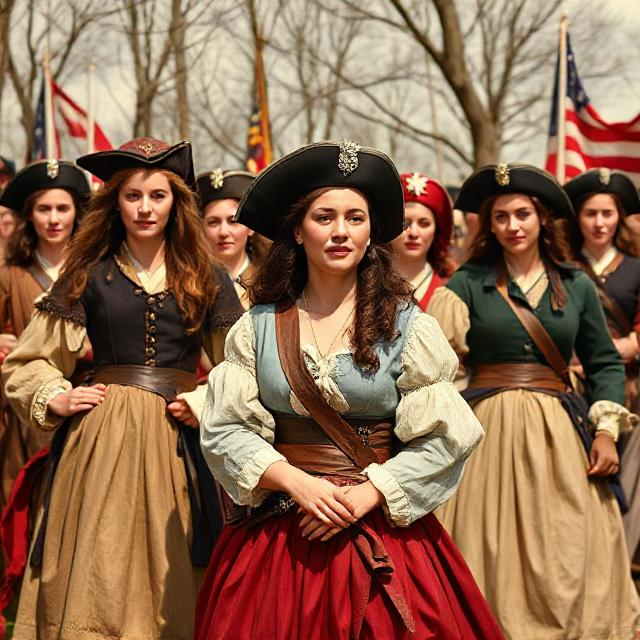
The American Revolution marked a turning point for women. While men fought in the war, women took on new responsibilities, managing farms and businesses. They also participated in boycotts of British goods, showcasing their political engagement.
Key Developments
The concept of “Republican Motherhood” emerged, emphasizing women’s role in raising virtuous citizens. This idea elevated women’s status but still confined them to the domestic sphere. The notion that women should educate their sons to be good citizens became prevalent, reinforcing traditional gender roles while acknowledging women’s influence in shaping future generations.
Early 19th Century
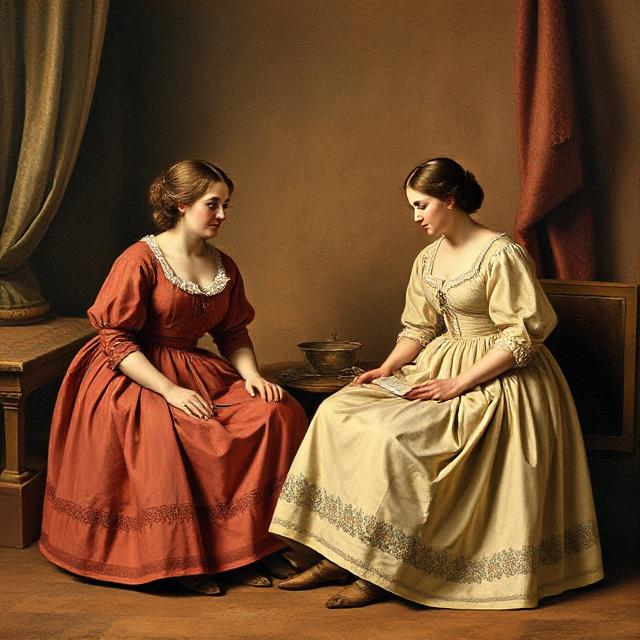
In the early 1800s, the “Cult of Domesticity” idealized women’s roles as homemakers and moral guardians. While this reinforced traditional gender roles, it also laid the groundwork for future activism. Women began to advocate for education and social reform.
Key Movements
Education: Women like Emma Willard and Catherine Beecher pushed for women’s education, leading to the establishment of female academies. These institutions provided women with access to education, which was crucial for their empowerment.
Abolition: Many women joined the abolitionist movement, linking the fight against slavery to their struggle for rights. Figures like Harriet Tubman and Sojourner Truth emerged as prominent leaders, advocating for both racial and gender equality.
Seneca Falls Convention (1848)
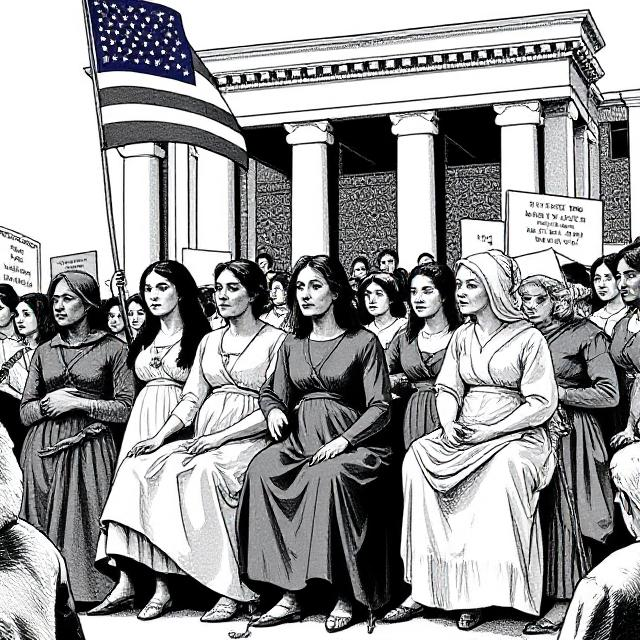
The Seneca Falls Convention marked the beginning of the organized women’s rights movement in the U.S. Activists like Elizabeth Cady Stanton and Lucretia Mott drafted the “Declaration of Sentiments,” which called for equal rights, including suffrage.
Impact
This convention sparked a national conversation about women’s rights and laid the foundation for future suffrage movements. The Declaration of Sentiments, modeled after the Declaration of Independence, articulated the grievances of women and demanded equal treatment in various aspects of life, including education, employment, and marriage.
Civil War and Reconstruction (1861-1877)

During the Civil War, women played crucial roles as nurses, spies, and abolitionists. The war highlighted women’s capabilities beyond traditional roles. After the war, the fight for women’s suffrage gained momentum, but the 15th Amendment (1870) granted voting rights to Black men while excluding women.
Key Figures
Sojourner Truth: An African American abolitionist and women’s rights activist who delivered the famous “Ain’t I a Woman?” speech, advocating for the intersectionality of race and gender. Her work emphasized that the struggle for women’s rights could not be separated from the fight against racial oppression.
The Suffrage Movement (Late 19th – Early 20th Century)

The suffrage movement gained traction in the late 19th century, with women organizing campaigns, protests, and conventions. Key figures included Susan B. Anthony, Alice Paul, and Carrie Chapman Catt.
Major Events
Nineteenth Amendment (1920): After decades of struggle, women finally gained the right to vote, a significant milestone in the quest for equality. The suffrage movement mobilized millions of women and men, culminating in a nationwide campaign that included protests, marches, and civil disobedience.
The Progressive Era (1890-1920)
The Progressive Era saw women actively involved in social reform movements, including labor rights, temperance, and public health. Women’s clubs and organizations flourished, providing a platform for activism.
Notable Contributions
Jane Addams: A prominent social reformer who co-founded Hull House, addressing issues like poverty, education, and labor rights. Addams’ work laid the foundation for modern social work and emphasized the importance of community engagement.
The Roaring Twenties and the Great Depression (1920s-1930s)

The 1920s brought new freedoms for women, including fashion changes and increased participation in the workforce. However, the Great Depression led to economic challenges, forcing many women to navigate traditional gender roles while seeking employment.
Cultural Shifts
The image of the “New Woman” emerged, representing women who embraced independence and modernity. Women began to challenge societal norms, participating in activities previously reserved for men, such as smoking, drinking, and driving.
World War II (1941-1945)
World War II was a transformative period for women. As men went to war, women filled jobs in factories, offices, and the military. The iconic figure of “Rosie the Riveter” symbolized women’s contributions to the war effort.
Post-War Challenges
After the war, many women were expected to return to traditional roles, but the experience of working outside the home fueled future demands for equality. The wartime experience had expanded women’s horizons, leading to increased aspirations for professional and personal fulfillment.
The Feminist Movement (1960s-1980s)
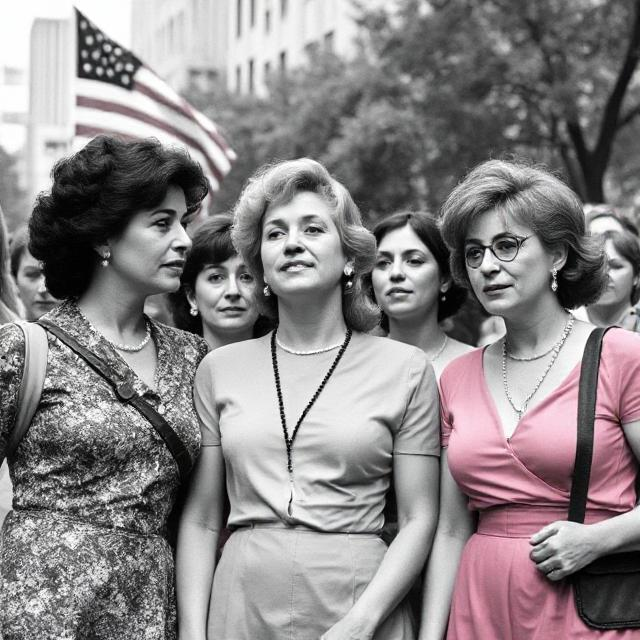
The 1960s marked the rise of the second wave of feminism, addressing issues such as workplace discrimination, reproductive rights, and gender equality. Key legislation included the Equal Pay Act (1963) and Title IX (1972), which prohibited gender discrimination in education.
Prominent Figures
Betty Friedan: Author of “The Feminine Mystique,” she challenged the notion that women should find fulfillment solely through domesticity. Friedan’s work sparked widespread discussions about women’s roles and rights, leading to greater activism.
Contemporary Era (1990s-Present)

In recent decades, the fight for women’s rights has continued, focusing on issues like reproductive rights, sexual harassment, and intersectionality. Women have made significant strides in politics, business, and various fields.
Current Issues
The MeToo movement has brought attention to sexual harassment and assault, highlighting ongoing struggles for women’s safety and equality. This movement has empowered women to speak out against abuse and demand accountability, reshaping conversations around consent and workplace culture.
Conclusion
The history of women in the United States is a testament to resilience, activism, and progress. From Indigenous cultures to contemporary movements, women have continuously fought for their rights and contributed to the fabric of American society. As we reflect on this history, it is essential to recognize the diverse experiences of women and the ongoing challenges they face in the pursuit of equality.


